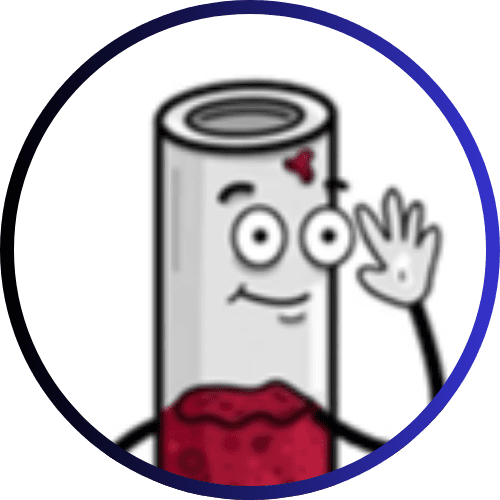ETH researchers develop ultrasound-guided artificial muscles made of silicone
Researchers at ETH Zurich have developed a new type of artificial muscle made of silicone, which is equipped with enclosed air bubbles and can be deformed in a targeted manner by ultrasound pulses. The wireless control enables applications in robotics and medicine, such as a soft gripper arm, a stingray-shaped robot, and medical patches for the targeted delivery of active ingredients. So far, these are laboratory tests, but they open up promising prospects for future use.
The artificial muscles consist of flexible silicone membranes that are structured with thousands of tiny pores. Each pore measures about 100 micrometers in depth and width, comparable to the thickness of a human hair. When immersed in water, air bubbles remain trapped in these pores. When ultrasonic waves hit the bubbles, they oscillate and create a directional flow that moves the membrane. By varying the size, shape and arrangement of the bubbles, movements can be created from simple curvatures to wave-like patterns. The response takes place within milliseconds and requires no cables.

In demonstrations, the researchers demonstrated the versatility of the technology. A miniaturized gripper arm could gently grasp and release a zebrafish larva in the water without causing damage. Another example is a four-centimetre-wide robot in the shape of a stingray, whose fins consist of the artificial muscles. Ultrasound creates a wave-like movement that allows the robot to glide through water. In the long term, this robot could release drugs in the gastrointestinal tract in a targeted manner or support minimally invasive procedures. For transport, it can be rolled up and swallowed in a soluble capsule.
In addition, the researchers constructed a small wheel made of silicone with bubbles of different sizes, which can be driven by sequential ultrasound activation. In tests with a pig intestine, it navigated through narrow, winding passages. Other applications include soft patches that can adapt to curved surfaces and introduce substances such as dyes into tissue models, for example to treat scars or tumors.
The researchers emphasize the combination of basic research and practical demonstrations, which show the possible applications of drug delivery to locomotion in the body to heart patches. The biocompatibility, flexibility and wireless control make the muscles particularly suitable for sensitive environments. Although developments are currently limited to laboratory experiments, the scientists see great potential for advances in medicine and technology through acoustically controlled systems.
Editor: X-Press Journalistenb├╝ro GbR
Gender Notice. The personal designations used in this text always refer equally to female, male and diverse persons. Double/triple naming and gendered designations are used for better readability. ected.




